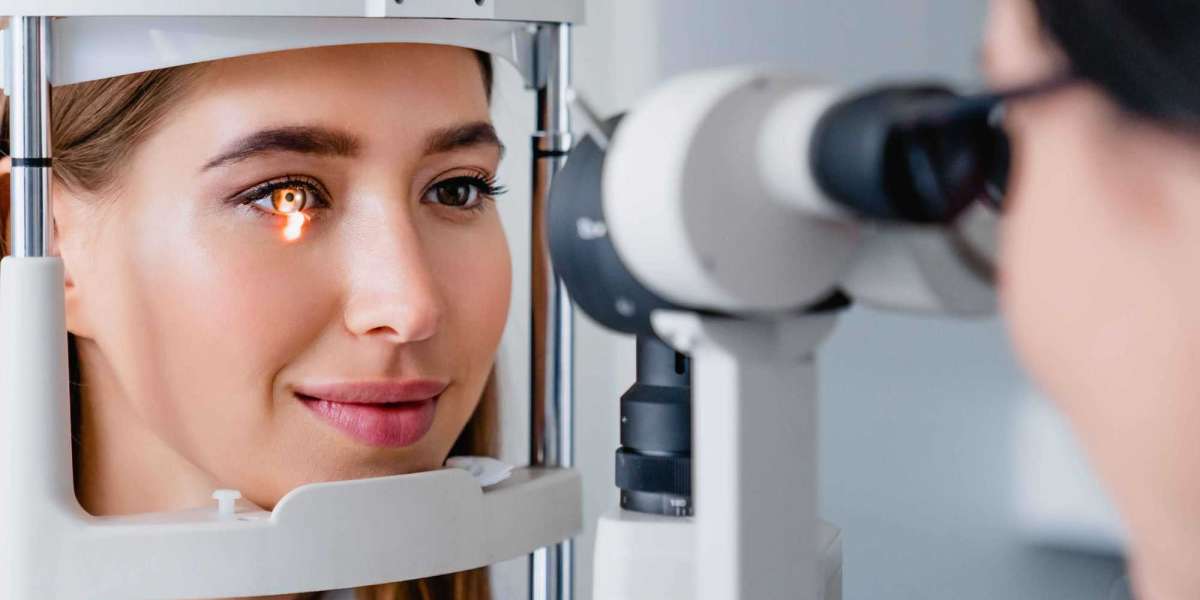While PRK shares similarities with LASIK (Laser-Assisted In Situ Keratomileusis), it differs in the way the cornea is prepared for treatment. Let's explore PRK eye surgery in detail.
Understanding PRK Eye Surgery:
During PRK, the surgeon gently removes the thin outer layer of the cornea, known as the epithelium, using a special solution or a surgical instrument. Once the epithelium is removed, an excimer laser is used to reshape the underlying corneal tissue. By altering the curvature of the cornea, the laser corrects the refractive error, allowing light to focus properly on the retina and improving vision.
Unlike LASIK, which involves creating a corneal flap, PRK does not require the creation of a flap. Instead, the outer layer of the cornea is completely removed, making PRK a suitable option for patients with thin or irregular corneas who may not be good candidates for LASIK.
Benefits of PRK Eye Surgery:
Suitability: PRK is suitable for patients with thin corneas or other factors that may preclude them from undergoing LASIK. Since PRK does not involve creating a corneal flap, it may be a safer option for individuals with certain corneal conditions.
Long-lasting Results: Like LASIK, PRK provides long-lasting vision correction, with many patients experiencing stable vision outcomes for years after the procedure.
Minimal Risk of Flap Complications: Since PRK does not involve the creation of a corneal flap, there is no risk of flap-related complications such as flap dislocation or flap-related dry eye.
No Risk of Flap-related Complications: Since PRK does not involve the creation of a corneal flap, there is no risk of flap-related complications such as flap dislocation or flap-related dry eye.
What to Expect During PRK Eye Surgery:
Before the procedure, your eye will be numbed with eye drops to ensure your comfort. The surgeon will then gently remove the epithelium using a surgical instrument or a special solution. Once the cornea is prepared, the excimer laser will be used to reshape the corneal tissue according to your unique prescription.
After the laser treatment, a bandage contact lens may be placed on the eye to protect the cornea as it heals. Patients can expect some discomfort and blurry vision during the initial days following PRK, but these symptoms typically improve as the eye heals.
Conclusion:
PRK eye surgery is a safe and effective option for correcting refractive errors and achieving clearer vision. With its suitability for patients with thin or irregular corneas and long-lasting results, PRK offers a reliable solution for individuals seeking freedom from glasses or contact lenses. If you're considering PRK eye surgery, consult with a qualified eye surgeon to determine if it's the right option for you.


